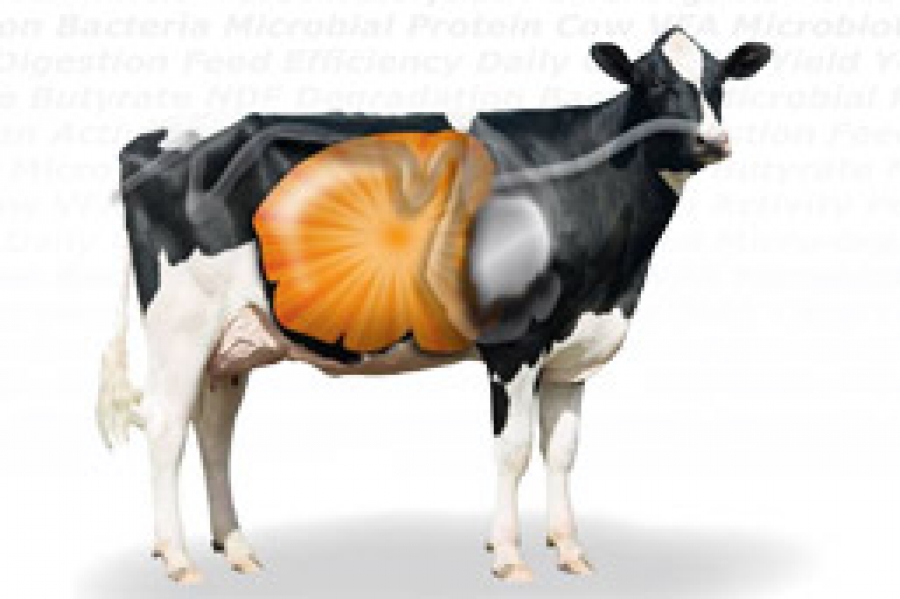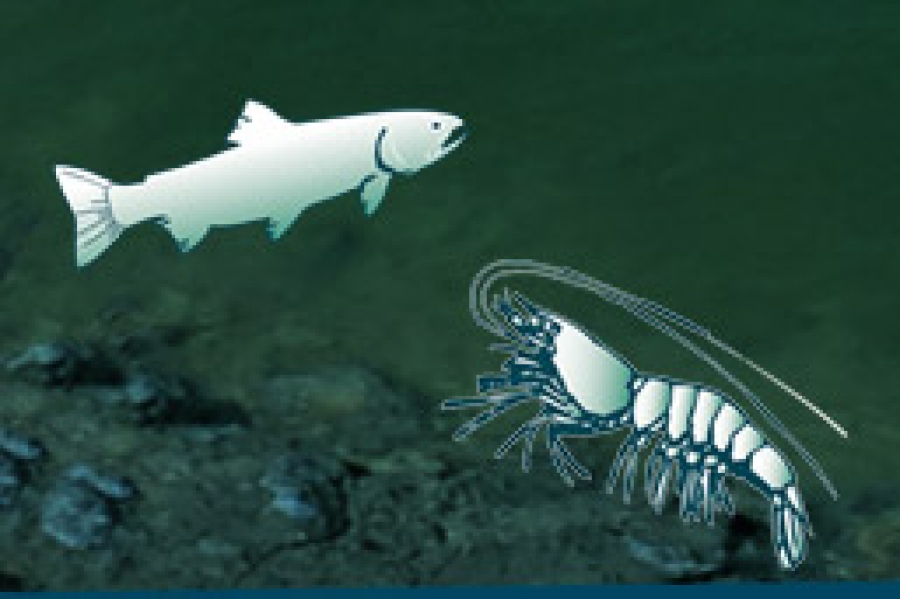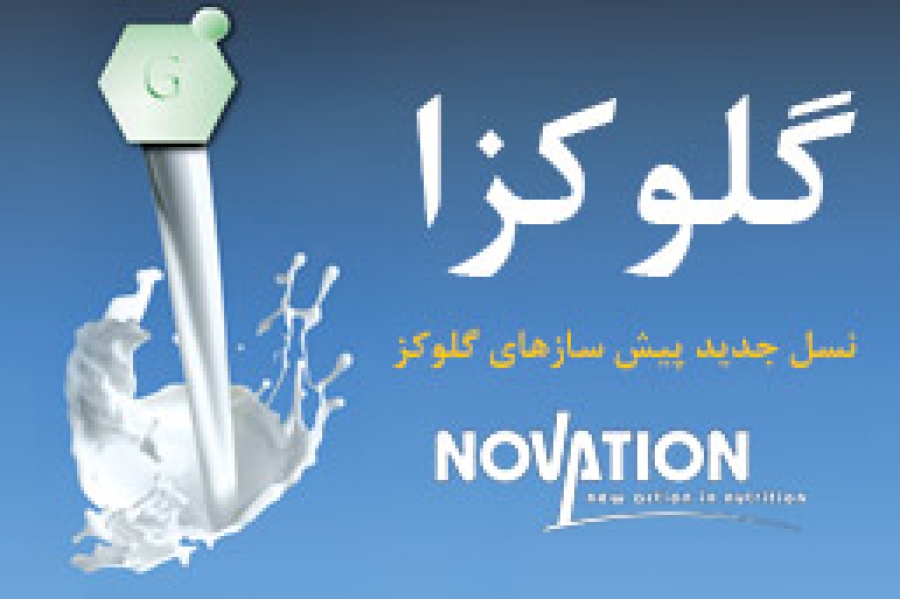Reed K. F. M., A F, L. J. Cummins, D. D. Moore and A. J. Clark
During February–April, Coopworth ewe lambs grazing a pasture dominated by naturalised perennial ryegrass (PRG) exhibited slight signs of ill-thrift and heat stress. PRG represented 85% of the herbage; 90% of the PRG population was infected with Neotyphodium endophyte. Concentrations of ergovaline and lolitrem B in perennial ryegrass were each within the range 0.5–1.0 mg/kg DM during this period. Two groups of 30 lambs rotated weekly between two paddocks that offered 6 t DM/ha of mature, low-quality pasture. They received an allowance of crushed barley and peas (80 : 20) at 100 g/head per day. One group was treated with a mycotoxin deactivator, Mycofix® Plus, mixed into their mash during processing (5 g/100 g). No sign of ‘staggers’ was observed in the lambs at any time.
Lambs with access to Mycofix Plus made great use of shade; their occupancy of shade increased steeply with ambient temperature over the range 18-38°C (P < 0.001). For the control group, occupancy of shade was low (P < 0.001) and independent of temperature (P < 0.001). Instead of using shade on hot days, the control lambs whose respiration rate was higher than treated ewes (P < 0.001) commonly stood by the wire fence, huddled in the open. Over the first 56 days of treatment, while pasture remained dry, weight change in control and treated lambs was –13 and +16 g/day, respectively (P < 0.010). The need for greater investigation of the effects of endophyte alkaloids on livestock is discussed.
کد مقاله : MPR-004
پس یادداشت کد مقاله بر روی دکمه زیر کلیک نمایید









